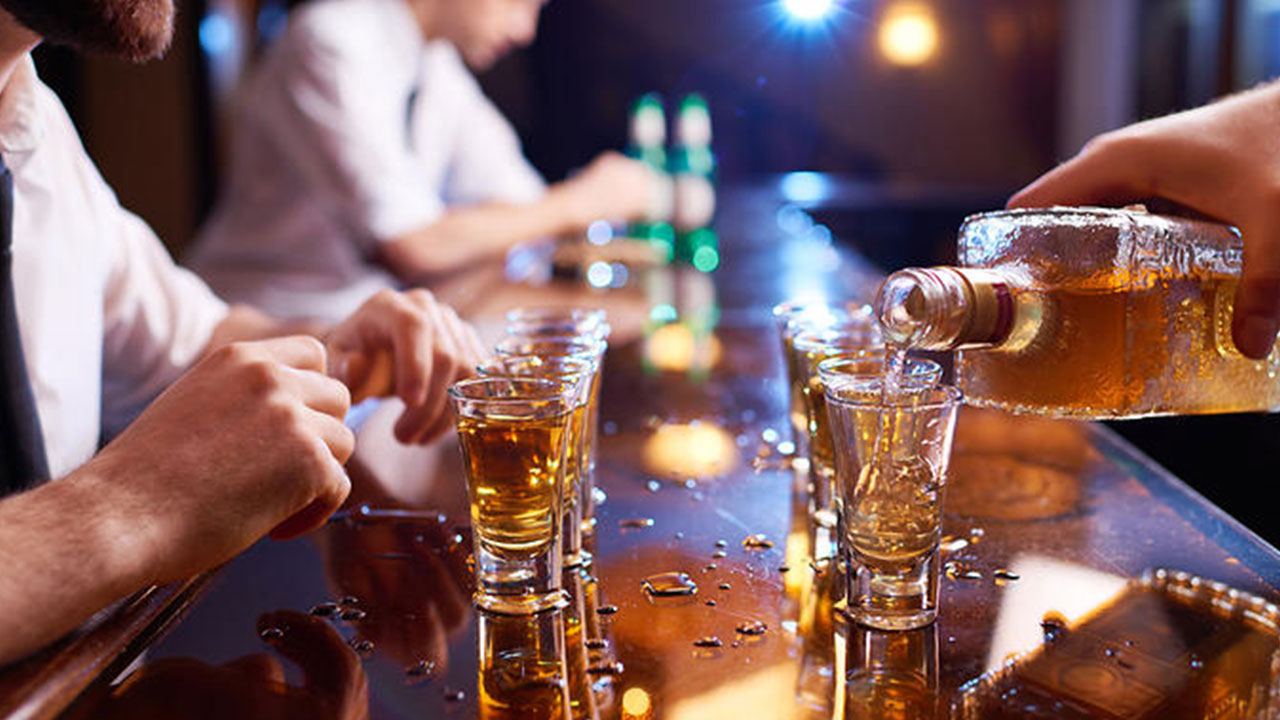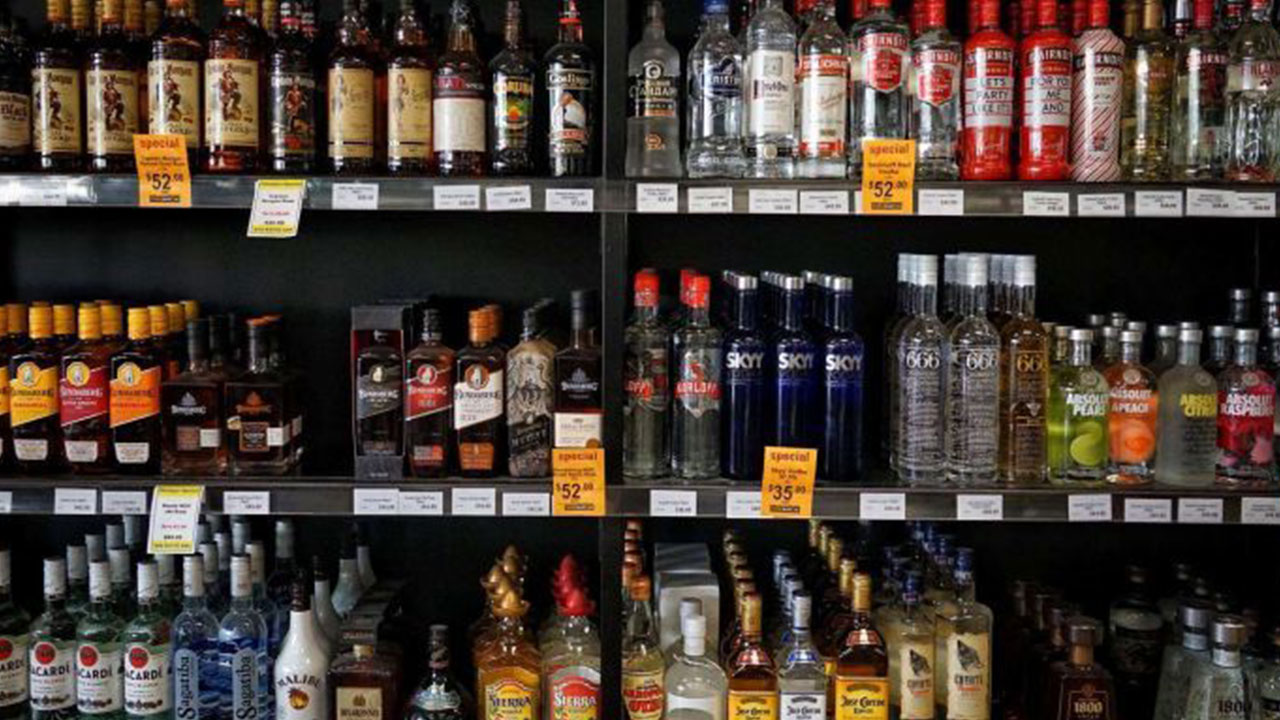Everything

Maybe you enjoy knocking back a few scotches after work, going out for a few beers with your buddies, or having a glass or two of Pinot Noir at the dinner table. Curbing down drinking habits is one of the toughest puzzles for a fitness rookie. And especially for those who are just taking their first steps into the world of health and fitness. Whether you like it or not, alcohol is a consistent theme in social gatherings.
So what’s the relationship with alcohol, health and fitness? If the goal is to improve body composition, is the only option to cut off alcohol completely?
What do the current alcohol guidelines say about drinking and health:
The current Australian government guidelines from 2009 state, “For healthy men and women, drinking no more than two standard drinks on any day reduces the lifetime risk of harm from alcohol-related disease or injury.” It’s possible that these amounts are going to be reduced further down once the guidelines are updated in 2020.
So if overall health is your main concern drinking no more than two standard drinks per day is the way to go. But just so we can forget the part about reducing alcohol related illnesses for a moment, let’s assume you are currently drinking less than 14 standard drinks per week. Perhaps you are not so worried about the effects excessive drinking has on your health (since you don’t do it on a frequent basis). Rather, you are interested if you can get results at the gym without swearing off alcohol.
Should you still be worried that the few drinks you have each week might affect your fitness goals?
How many calories does alcohol contain?
Alcohol has 7 calories per gram. In comparison, carbohydrate and protein both have 4 calories per gram, and fat has 9 calories per gram. Yet there’s more to it than just the calories in pure alcohol. The type of alcohol you drink greatly alters the equation. For example, a standard serve of beer has more calories than a standard serve of straight up vodka.
However, using mixers with vodka will bump up the total calories per serve. This is especially the case if you tend to drink pre-mixed drinks, sweet cocktails, or use other mixers that are high in sugar, such as soft drinks.

Is it possible to drink alcohol and still get results?
In one word, yes. As always when the goal is to improve your health and fitness, the best plan is the one that you can stick to. If you swear off all the delicious, but calorie dense foods you are setting yourself up for an uphill battle with your limited resources of willpower. This is no different with alcohol. One could even argue that swearing off alcohol empties the willpower tank quicker than swearing off sweets.
If social drinking plays an important part in your life and you have a healthy relationship with alcohol, it’s often easier to be successful with your fitness plan if you allow yourself to enjoy life too. No fitness goal is worth it if it makes you miserable and deprived of social life.
How to know if drinking is limiting your results?
If you are stuck with your fitness results and wondering whether it’s your social drinking habits holding you back, here is a simple test.
Take all the necessary measurements you currently use to track your progress (strength numbers, running times, body composition etc). Then cut out alcohol for a month while keeping everything else the same with your training and eating routine. After a month repeat all the measurements you did before starting your temporary ban on alcohol. Whether it worked or didn’t, the proof is in front of you.
Going a month without a drink sounds simple in theory, but not always easy to do in practice. Particularly for those with a busy social life. If swearing off alcohol sounds too drastic you could also experiment cutting your drinking down just a little to see whether that makes a difference.

How many drinks can you have before fitness goals deteriorate?
Different people have different limits and tolerance for alcohol. It comes down to metabolism and body shape, just to name few. Five drinks a week for a male weighing 100 kilograms is vastly different than the same number of drinks for a 55 kilogram female.
Binge drinking vs spreading the same amount over multiple days
Eight drinks spread throughout the week has a different effect compared to binging it all on one night. Yes, when looking at pure calories the total amount is the same at the end of the week. But binging and getting drunk often clouds the judgement with the rest of the decisions that happen during a drunken night.
When drunk we often make poorer decisions with food. We’ve all had those 4am cravings stumbling out of the nightclub. It’s also likely that we’ll skip a training session (probably a wise decision) the day following heavy drinking session.
After binging it’s also likely that your performance will be less than optimal at the gym for days to come. The lack of sleep, feeling lethargic after making poor food choices and because the body is doing overtime trying to get rid of all the alcohol.
If you are in your early 20’s you might still recover fairly quickly. But the older you’ll get the longer it takes to bounce back from an all-nighter.
This doesn’t mean that you need to swear off all the possible nights out in the future. But try not to make heavy drinking a weekly habit. And when you decide to have a big night out acknowledge the trade-offs.
Summary
- Like with anything, moderation is key to drinking. This is of course only true when alcohol isn’t a problem for you
- It is possible to get results without cutting out alcohol completely. Find the ideal amount for you by drinking less for a month.
- Drinking little but more often is probably better than binge drinking. Binge drinking tends to lead to poorer food choices, among other things.
- Extended recovery from binge drinking affects the quality of training for days to come.
- Don’t just look at the calories in alcohol, but the overall effect it has on your sleep, training, mindset and food choices
You can follow ICON’s fitness expert, Jono Castanoacero on instagram @jonocastanoacero